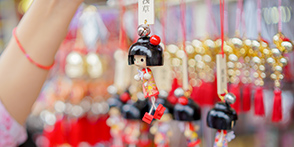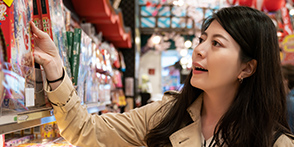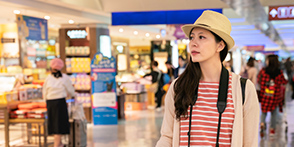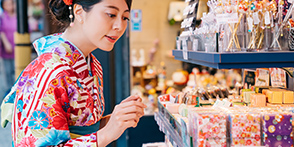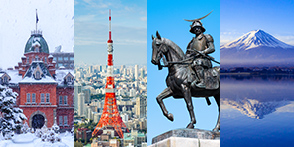- TOP
- Search
- Shopping reports search results
- Niigata: Experience Hands-On Cultural Workshops Across 4 Cities
Niigata: Experience Hands-On Cultural Workshops Across 4 Cities
-
Area
- Hokuriku-Shinetsu
- Nigata
-
Categories
- Region
- Others
-
Update date
- 2021-06-15
Niigata Prefecture boasts many charming cities with distinct cultures that are worth visiting at leisure. We introduce Tsubamesanjo, a craftsperson's town, Yahiko, with its hot springs and enormous shrine, Ojiya, home to Nishikigoi fish, and the art town of Tokamachi.
Four Niigata Cities With Distinct Features
Niigata Prefecture is situated north of Tokyo. It is a narrow region running north to south along the Sea of Japan.
For most Japanese people, Niigata brings to mind images of rice and sake. In particular, the Uonuma region's koshihikari rice is renowned for its high quality. Of course, the sake that's made from this rice is superb.
Many visitors enjoy the famous Gala Yuzawa Snow Resort and Naeba Ski Resort. This time however, instead of ski hills, we dive in a little deeper and explore four Niigata cities and highlight all of their attractive features.
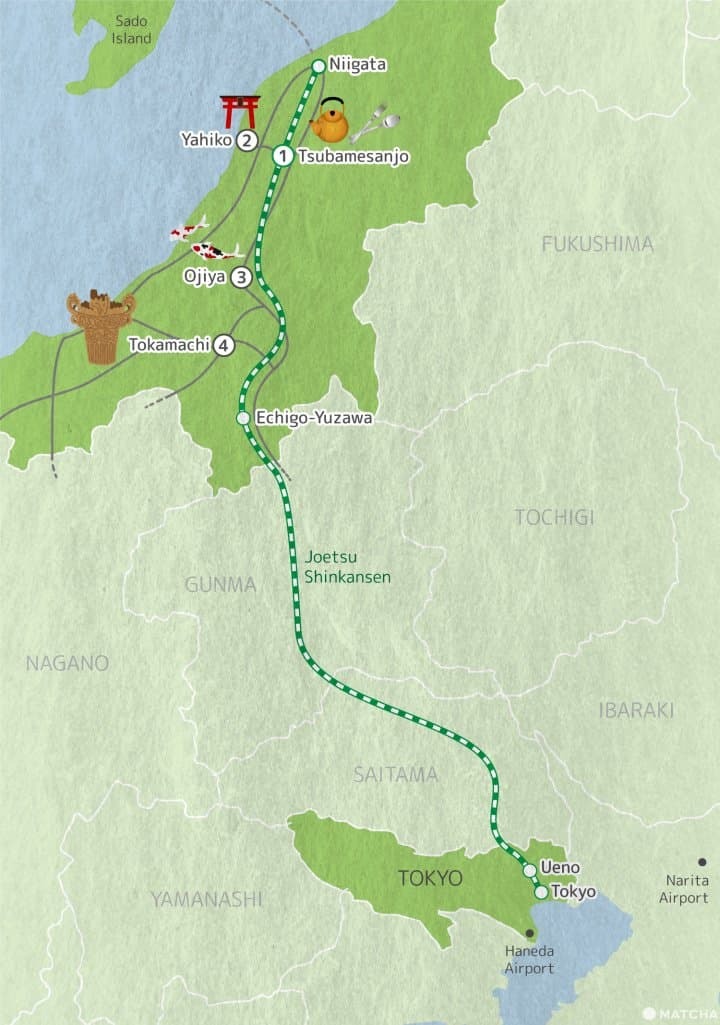
Our adventure begins in Tsubamesanjo, a town known for craftsmanship. Then it's on to the village of Yahiko, a place with hot springs and shrines, and parks featuring the beautiful scenery of each season.
Next, we head for Ojiya, famous for its nishikigoi carp fish, and finally on to Tokamachi, a city brimming with art beside Yuzawa.
The most comfortable way to get there from Tokyo is by the Joetsu Shinkansen departing from Tokyo's Ueno Station. International visitors can use the handy and economical JR EAST PASS (Nagano, Niigata area) and JAPAN RAIL PASS.
■Index
| Tsubamesanjo: A Craftspeople's Town | ・ Tsubamesanjo Regional Products Center: Unique Products Galore! ・ Make Your Own Tumbler at Tsubame Industrial Materials Museum ・ Gyokusendo: Featuring Handcrafted Tsuiki Copperware and Factory Tours |
| Yahiko: A Town With Enjoyable Shrines, Parks, and Onsen! | ・ Yahiko Park: See the Beautiful Scenery of Each Season ・Yahiko Shrine: Marvel at the Attractive Japanese-Style Buildings ・Yahiko-Yama Ropeway: Don't Miss an Amazing Panorama! ・Inn of Four Seasons-Minoya: Relax In the Ryokan's Hot Spring |
| Ojiya: The Birthplace of Colorful Nishikigoi Carp | ・Nishikigoi no Sato: The Birthplace of Nishikigoi Carp Fish |
| Tokamachi: An Art Town | ・Echigo-Tsumari Satoyama Museum of Contemporary Art, KINARE ・Hachi & Seizo Tashima Museum of Picture Book Art ・Matsudai Nobutai Center ・Kiyotsukyo Gorge Tunnel ・Art Exhibits Along the Way That Captured Our Interest ・Tokamachi City Museum: Let's Learn About Local History ・Kimono Emakikan: Kimono Traditions Passed Down Through the Generations ・Join a Sasa Dango-Making Workshop ・ Accommodation In Tokamachi ・Tokamachi Fureai no Yado-Koryukan ・Noka Minshuku Sanzen (Farm Stay) |
1,Tsubamesanjo: A Craftspeople's Town

For our trip, we boarded the shinkansen train at Tokyo's Ueno Station. The one-way train fare to Tsubame-Sanjo Station is 8,700 yen and travel time is one hour and 40 minutes.
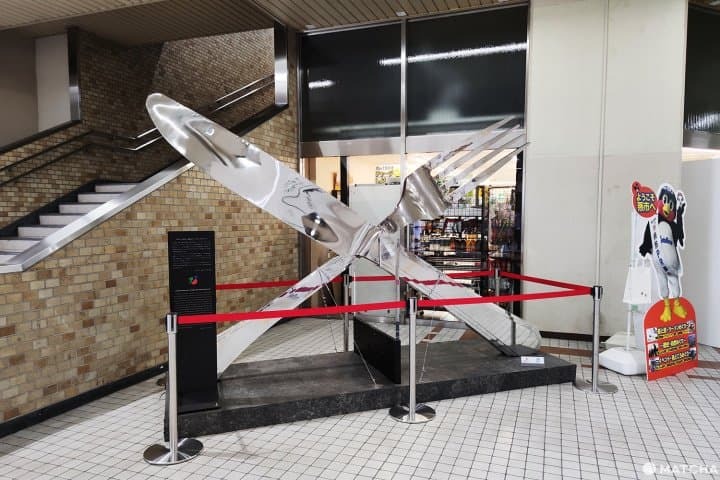
Upon disembarking from the train, we were greeted by a gigantic fork and knife! But they weren't put there simply to surprise visitors. Actually, more than 90% of the all western-style metal tableware (spoon, forks, etc.) found in Japan is produced in Tsubamesanjo.

Tsubamesanjo is a generic term that refers to Tsubame City and Sanjo City. Both cities have various metalworking industries. The craft objects and western tableware produced in Tsubamesanjo City, and the kitchen utensils (knives, etc.) and tools made in Sanjo city are famous nationwide.
How did Tsubamesanjo's western-style tableware manufacturing industry acquire such a large share of the national market? Let's take a closer look at Tsubamesanjo's history and how it developed into a city of manufacturing and craftsmanship.
read the rest of the article on the MATCHA website......
https://matcha-jp.com/en/10191

